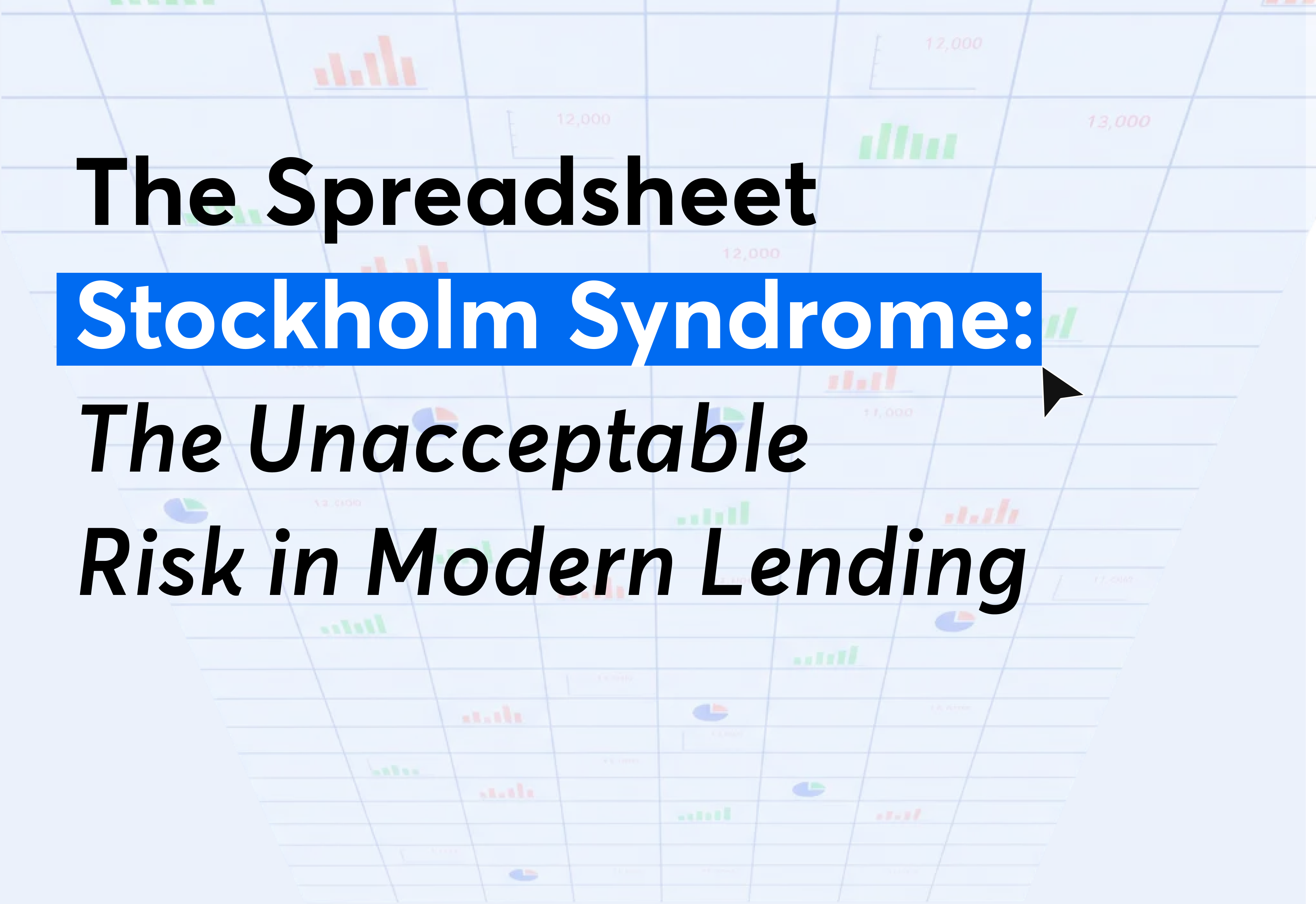Industry
.png)
Apr 18, 2024
8 minutes
.png)
As non-bank lenders adapt to an increasingly competitive and technology-driven market, they often come to a crossroads: should I use Customer Relationship Management (CRM) software, or a Loan Management System (LMS)? Exploring the purposes, capabilities, and applications of each can reveal which platform aligns with your operations for improved compliance, efficiency, and customer satisfaction.
Customer Relationship Management (CRM) systems focus on, you guessed it, the customer. They help companies manage customer interactions of all kinds: acquiring new customers, managing communications with existing customers, and collecting customer data. A CRM tends to focus generically on different types of customer communication and data collection, and is broad and flexible enough to meet a variety of industry’s needs:
Core Functions of CRM:
Because a CRM has to meet the needs of many industries, they are often highly customizable and require in-depth implementation and customization to meet the unique needs of a business. CRMs shine in a few key areas:
A Loam Management System, as the name implies, focuses on the loan. An LMS will still collect customer data like a CRM, but instead of managing customer communication and outreach, an LMS manages the loan itself. As a result, an LMS has core features and applications that cater to the specific needs of this financial sector:
These features collectively contribute to the efficiency and effectiveness of non-bank lending operations, making an LMS a crucial tool for lenders aiming to optimize their services and grow their business in a competitive market.
While a CRM and LMS both collect customer data, they serve different functions for non-bank lenders. As a CRM’s core functionality is customer management, its best for customer communications and customer data management. However, an LMS’s core functionality is loan management—therefore its best for specific needs like collection management and tracking repayment cycles.
The choice between a Customer Relationship Management (CRM) system and a Loan Management System (LMS) hinges on what your daily operations and long-term strategy needs are. To make the decision, look at:
For non-bank lenders, whose primary focus is efficient loan management, an LMS tailored to the industry's needs could offer the most strategic value for your business.
The functionality of an LMS helps nonbank lenders go digital from day 1. Here's why an LMS is indispensable:
By looking at the core functionality of CRM and LMS, non-bank lenders have a clearer picture of their ability to enhance operational efficiency, ensure compliance, and improve customer engagement. While CRM might support strong customer communications and sales, an LMS offers an in-depth approach to managing the intricacies of the loan lifecycle – a necessity for the lending business.

Data Management
Thought Leadership
Dec 1, 2025